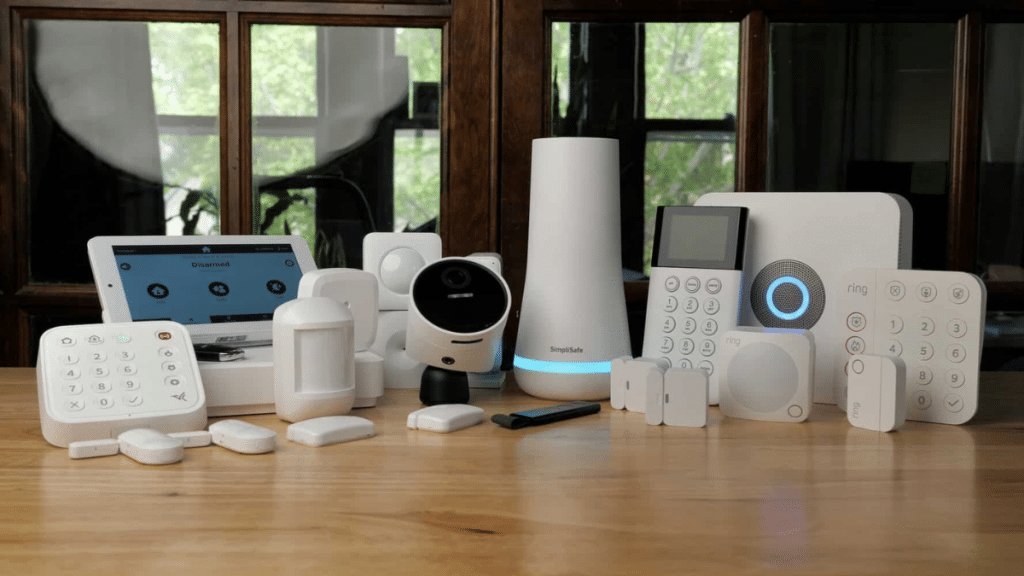Understanding Modern Security Needs
Security has become an increasingly pressing concern in today’s fast-paced business environment. The evolving nature of threats, from cyberattacks targeting sensitive data to physical intrusions, presents significant challenges. Organizations must recognize these potential threats and understand that their security needs may differ substantially from those of other enterprises. This realization is imperative, as it paves the way for developing customized security solutions that offer robust protection without compromising operational efficiency. Staying informed about industry trends and cutting-edge technologies is essential to create a well-rounded security framework.
Components of a Modern Security System
Understanding that no two businesses are the same, modern security systems are built to be versatile and comprehensive. Companies looking to bolster their security measures can learn more about integrating versatile security solutions that effectively address these challenges. Customized security frameworks are increasingly becoming the norm, with businesses adapting to technological advancements and emerging security threats. The following components are integral to a robust security system:
- Surveillance Cameras: These systems offer real-time monitoring and invaluable insights into daily business operations and security incidents. Advanced surveillance technology now includes high-resolution images, night vision, motion detection, and remote access capabilities.
- Access Control Systems: Deployed to prevent unauthorized entry, these systems are crucial for securing sensitive areas. With options ranging from biometric scanners to key fobs and card readers, businesses can choose the most effective mechanism for their specific requirements.
- Intrusion Detection: Technologies designed to identify potential threats swiftly and accurately form an essential part of any security setup. Intrusion detection systems can be configured to automatically notify stakeholders of breaches, ensuring quick response times and minimizing potential damage.
- Integration: The ability to integrate various components into a comprehensive security architecture creates a seamless experience for users. With unified systems, data from different sources can be consolidated, analyzed, and acted upon effectively, significantly enhancing security operations.
By combining these essential elements, businesses can create a security framework that is efficient and adaptable to evolving security needs.
The Role of Technology in Security Systems
Technology is revolutionizing how businesses approach security. The integration of artificial intelligence (AI) and machine learning into security systems makes unmatched accuracy in detecting and reacting to possible threats possible. These advancements enable systems to learn and adapt to new security patterns, improving their functionality and efficiency. Moreover, AI can automate tedious tasks, freeing human resources for more strategic roles. Companies may use these technologies to improve anomaly reaction plans and increase the precision and speed of threat detection procedures.
Network Management: A Key to Effective Security
Strong network management is integral to maintaining an effective security system. Robust network design ensures that data is transmitted securely between system components without risk of interception or compromise. Implementing advanced encryption protocols and establishing secure access points can significantly mitigate the risks associated with data breaches. Proper network management enhances security and improves operational efficiency and coordination among various security components. Improving network management practices thus becomes an indispensable aspect of safeguarding digital assets.
Employee Training and Awareness
No matter how advanced a security system is, its effectiveness relies on human users. Training staff to properly use and understand security protocols is an often overlooked yet crucial part of a comprehensive security strategy. Employees must be educated on recognizing potential threats, correctly handling sensitive information, and following established security procedures. Routine drills and refreshers ensure that everyone remains prepared and aligned with the organization’s security objectives, minimizing risk and reinforcing a culture of vigilance.
